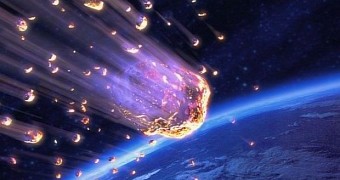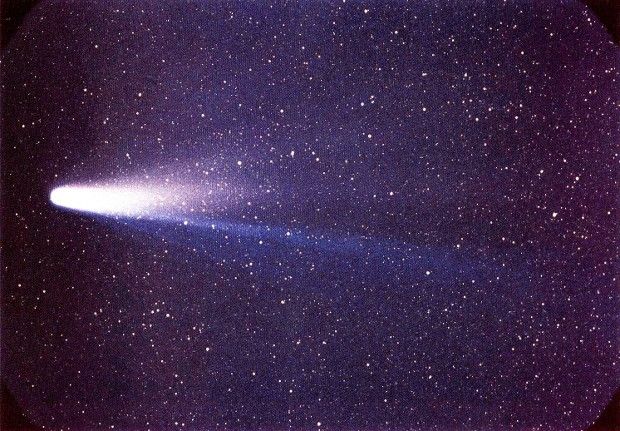A couple of weeks ago, we got to feast our eyes on the Draconid meteor shower, which peaked on the night of October 8 to 9 and delivered about 20 meteors per hour.
This Wednesday, October 21, we're in for another treat. This time, it will be the annual Orionid meteor shower that will light up the sky over our heads.
It'll be quite a show, NASA promises
The annual Orionid meteor shower happens when, while moving round and round the Sun, our planet encounters debris left behind by Halley's Comet.
Officially known as 1P/Halley, this comet was first noticed and recorded by astronomers millennia ago, around 240 BC. As it travels through our Solar System, it becomes visible to us Earth dwellers once every 75 to 76 years.
The last time Halley's Comet was seen streaking across the sky was in 1986. The celestial body will not make another appearance until sometime in 2061.
As for the Orionid meteor shower fueled by debris shed by this comet, scientists expect about a dozen bright flashes per hour will be visible in the night sky this year. Not quite as many as in previous years, but still a fairly impressive sight.
“The Orionids will probably show weaker activity than usual this year,” says NASA researcher Bill Cooke. “Bits of comet dust hitting the atmosphere will probably give us about a dozen meteors per hour,” he further adds.
Although the shower officially peaks Wednesday night, astronomers say meteors will best be visible early Thursday morning, just before sunrise.
“Set the alarm a few hours before dawn, go outside and look up in the direction of the constellation Orion. No telescope is necessary to see Orionids shooting across the sky,” NASA explains.
Another shower will happen next month
In case you don't wake up and miss the Orionid meteor shower this Wednesday, here's something to look forward to: another shower scheduled for November 18.
This upcoming meteor shower, knows as the Leonids, is the result of Earth moving through the trail of debris created in our Solar System by a comet by the name of Tempel-Tuttle.

 14 DAY TRIAL //
14 DAY TRIAL // 

